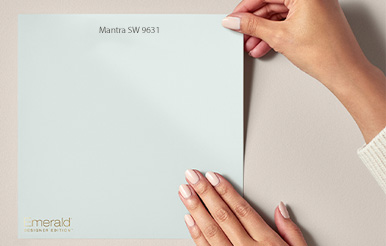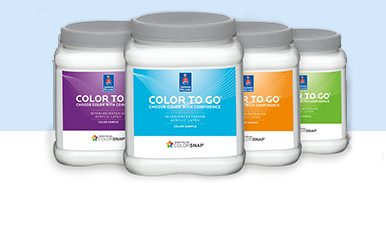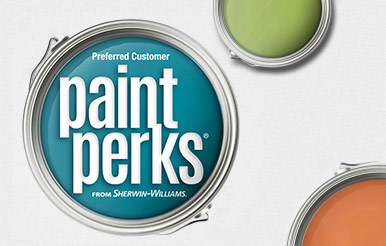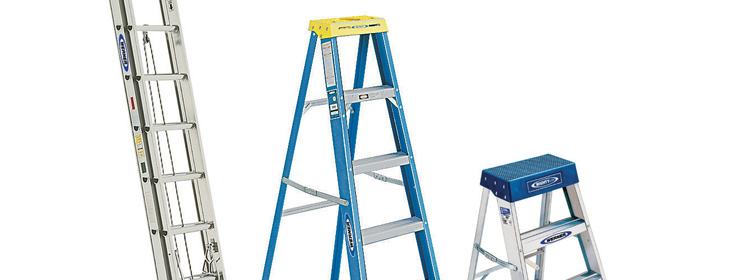Different people, projects and tasks require ladders of varying styles, sizes, grades and materials. Style, size, duty rating and material are the four key elements to understand when choosing the right ladder for the job.
Style
When working indoors, a stepstool, stepladder, platform or multi-purpose ladder is usually recommended when you need a reach of two to eight feet. Outside, a taller stepladder, multi-purpose or extension ladder is often more appropriate for jobs requiring a reach of thirteen feet or more. Different styles of ladders are designed to keep the user safe and productive when climbing.
Browse ladders online
Size
Choosing the right size or length is just as important as the ladder style. One of the most common and potentially dangerous ladder selection mistakes is purchasing a ladder that is either too short or too long.
Choose the Right Extension Ladder
| Height to Gutter or to Support Point | Buy This Size Ladder (include a 3-foot extension above roof line) |
|---|---|
| 9-foot max. | 16-foot |
| 9 to 13 feet | 20-foot |
| 13 to 17 feet | 24-foot |
| 17 to 21 feet | 28-foot |
| 21 to 25 feet | 32-foot |
| 25 to 28 feet | 36-foot |
| 28 to 31 feet | 40-foot |
Choose the Right Stepladder
| Max. Height You Want to Reach | Buy This Size Ladder (assumes vertical 12-inch reach) |
|---|---|
| 7 feet | 3-foot |
| 8 feet | 4-foot |
| 9 feet | 5-foot |
| 10 feet | 6-foot |
| 11 feet | 7-foot |
| 12 feet | 8-foot |
| 14 feet | 10-foot |
| 16 feet | 12-foot |
| 18 feet | 14-foot |
| 20 feet | 16-foot |
Duty Rating
Ladders are duty-rated by type to identify appropriate use for typical activities, some of which are shown below:
Special Duty 375 lbs.
Utilities
Heavy Duty MRO
Heavy Duty Industrial Construction
Extra Heavy Duty 300 lbs.
Industrial Construction
Building
Roofing
General Contracting
Heavy Duty 250 lbs.
General Contracting
Building
Maintenance
Drywalling
Medium Duty 225 lbs.
Light Commercial
Painting
Cleaning
Light Repair
Light Duty 200 lbs.
Painting
Yard Work
Chores
Material
We suggest that if you buy only one ladder, fiberglass should be your choice. Different ladder materials offer characteristics that are best for certain applications, and one kind of material may be better suited to your work environment or work application.
Fiberglass — Electrically non-conductive, great value, strong leading choice of professionals.
Aluminum — Strong, lightweight, corrosion-resistant.
Wood — Economical, electrically non-conductive when clean and dry.
For more information, browse our ladders, scaffolds & climbing equipment online or visit your neighborhood Sherwin-Williams store.
Sherwin-Williams thanks Werner Ladder for providing the valuable information presented on this page.










